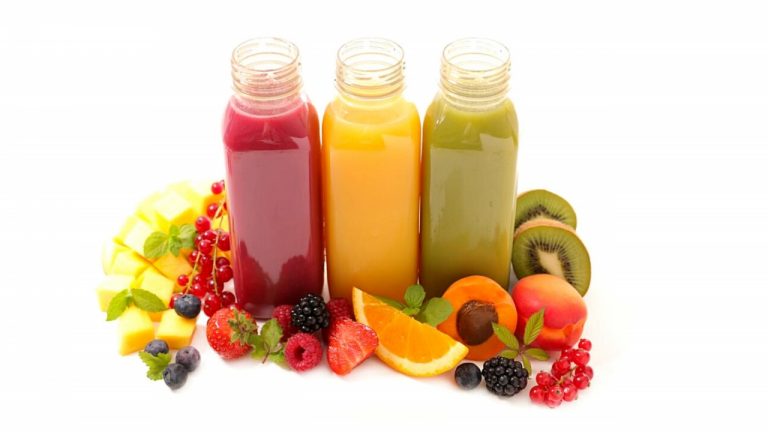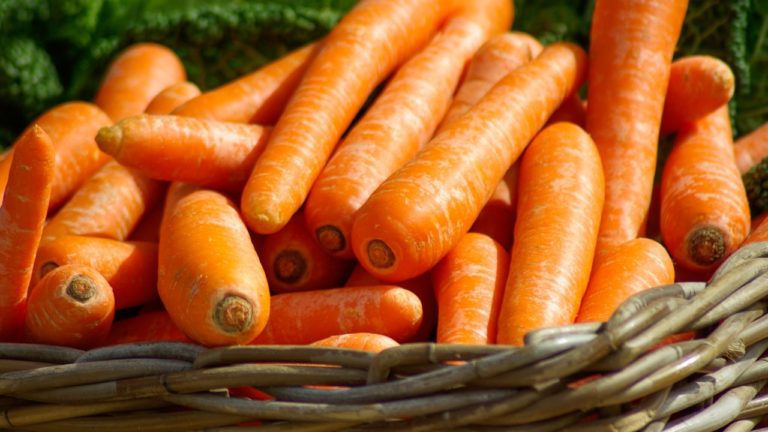Relationship Between Insulin and Glucose Concentration

The relationship between insulin and glucose concentration is reciprocal and interdependent. Glucose concentration in the blood stimulates the release of insulin from the pancreas, and insulin regulates the concentration of glucose in the blood by promoting its uptake into cells and reducing its production in the liver.
When glucose enters the bloodstream, it stimulates the release of insulin from the pancreas. Insulin acts like a key, unlocking the doors of cells and allowing glucose to enter. Once inside the cells, glucose is used for energy or stored for later use. Insulin also helps to reduce the production of glucose in the liver and promotes the storage of fat, which helps to keep blood glucose levels within a healthy range.
If insulin levels are too low or if the body becomes resistant to insulin, glucose levels in the blood can become elevated, leading to the development of diabetes. Effective management of diabetes involves monitoring blood glucose levels, making lifestyle changes, and taking medications as prescribed by a healthcare provider to help regulate insulin levels and maintain normal blood glucose levels.
In summary, the relationship between insulin and glucose concentration is complex and dynamic, with each hormone regulating the concentration of the other in the blood. Maintaining a healthy balance between insulin and glucose is critical for overall health and the prevention of diabetes and its related complications.



